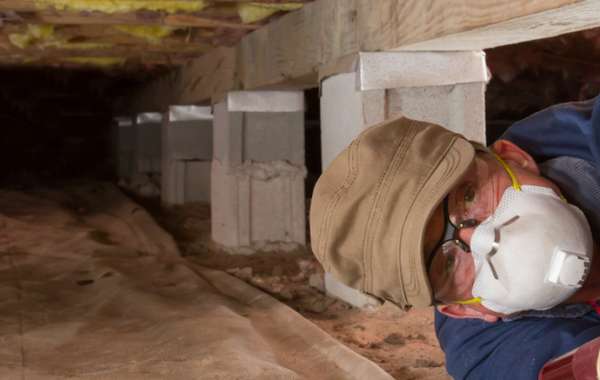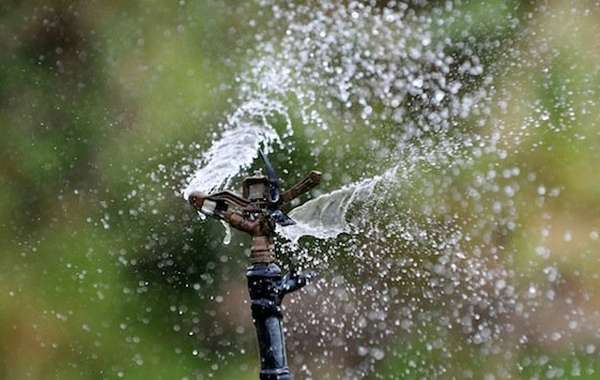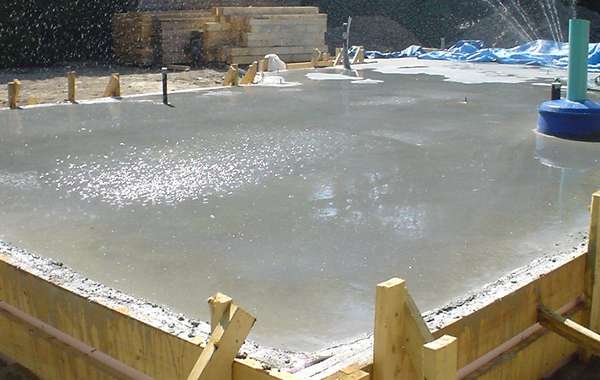What materials should I use for a small plumbing job?
I need to make a small addition to my plumbing to incorporate a new bathroom, what materials should I use? The house has copper pipes but most of what I see happening now are plastic pipes. Are they safe or more prone to leaks? And can you transition from copper to the plastic tubes?























Plumbing pipes in the past were made of galvanized steel, cast iron or lead. Today these materials are no longer recommended for health reasons, such as lead, for durability, such as galvanized steel, or for ease of installation, such as cast iron. Modern plumbing drains in residential building (that you will need to install as well) are pretty much always made of plastic, type ABS (Acrylonitrile Butadiene Styrene), which is much lighter and easier to install than those in cast iron and more durable than those in galvanized steel. However, these pipes are attached with a toxic glue, so it is important to ensure proper ventilation when using these materials. For hot and cold water feeds to your faucets, copper replaced lead decades ago, and what you are seeing now are PEX pipes (cross-linked polyethylene).
The joints of copper pipes were at first welded with a solder that contained lead, it is now made of an alloy with 95% tin and 5% antimony. Copper is less common now in residential plumbing, PEX now dominates the market. Some PEX products are specifically intended for potable water, just be sure that what you buy is safe for drinking and that you don’t walk away with some that are intended for hydronic radiant floors, which may not be suitable for potable water feeds. PEX requires less connections that copper as it is flexible and able to be curved where copper would have needed a joint, so it’s a much quicker and easier install. From an environmental point of view, copper and PEX both require energy for their production from extraction of raw materials, manufacturing and transportation of finished products. Both are made of recycled materials. So, the difference is mostly about ease and speed of installation, and PEX has a leg up on that front as the skills needed for a DIY job are pretty basic.
All the materials needed for small plumbing jobs and minor repairs can be found at most building supply stores, including rental of the tool for crimping joints. Before you set out to do a plumbing job, make sure that your municipality accepts the materials you want to use, and you must ensure that any plumbing work you do complies with building codes, and the requirements can change from one municipality to another. Despite the temptation to undertake it yourself, the stakes of a poor plumbing job are substantial, so we would recommend consulting a professional.
Conventional PEX is connected with metal rings and a crimping tool, but worth looking into is AquaPEX and hePEX from Uponor. Instead of being fastened with metal rings, an expander tool is used to stretch the PEX tube and PEX ring to allow the insertion of fittings larger than the tube, which then shrinks back to its original size, creating an incredibly tight seal in the process. Installation is easy and even faster than conventional PEX done with a crimping tool. See a video of the expander tool in action.